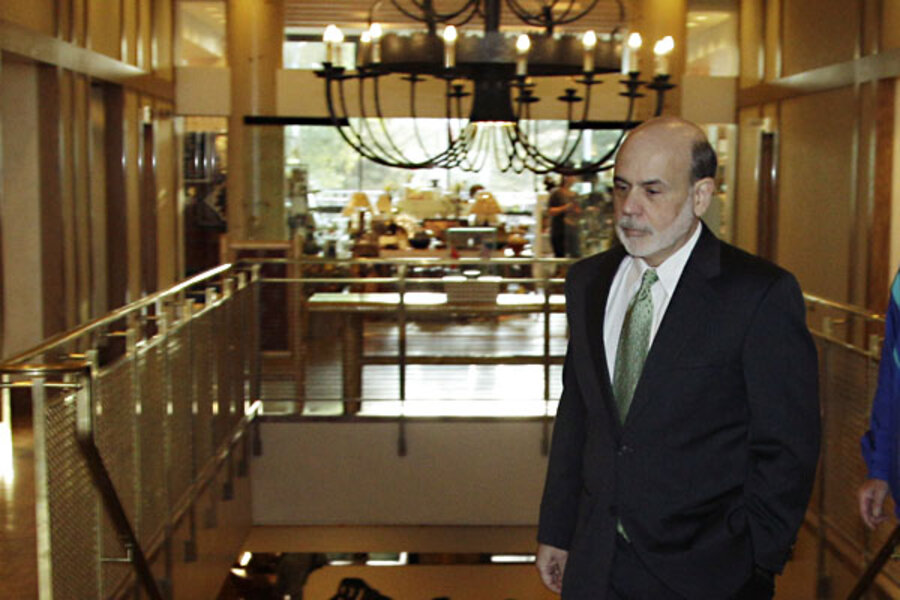How low borrowing rates slow the economy
Loading...
I'm reading more and more about the Fed's liquidity trap these days, which is interesting considering the timing - on the probable eve of yet another guns-blazing Fed bond-buying program.
The trouble with zero-bound interest rates is that they wreck business models, specifically in the financial industry (insurance companies, lending, investment management, etc). Which would only be a temporary problem if they could actually spur lending and borrowing. But in the context of a decade's long deleveraging process, the simple fact is that they can't spur these things, not in any meaningful way.
And so they end up acting as a damper of financial activity in a bizarre way.
Bill Gross's latest missive at PIMCO explains this phenomenon beautifully this morning:
When yields are too low, and acceptable risk spreads so narrow that top line interest revenue is increasingly marginalized, then lending is at risk. Excessive historical overhead represented by rents, salaries, pension and health benefits, to name just a few, force financial and lending institutions to do one of two things: They lever up to cover those costs or they slow or shut lending down to preserve equity and the ultimate franchise. The levering up is indeed difficult given the 2008 financial crisis and the ensuing follow-through of intensified regulatory oversight. And so, what we are witnessing instead is the beginning of a waltz, a dance where financial institutions such as banks, insurance companies and investment management firms fail to reap the economies of scale so reminiscent of the prior era of fat as opposed to the present one of lean. In the process, they lay off, instead of hire new workers; close branch offices or even ATM machines by the thousands as did Bank of America recently; and yes, ultimately reduce the rate of lending or credit growth which propelled the global economy so effortlessly over the past century.
Talk about the Law of Unintended Consequences...






